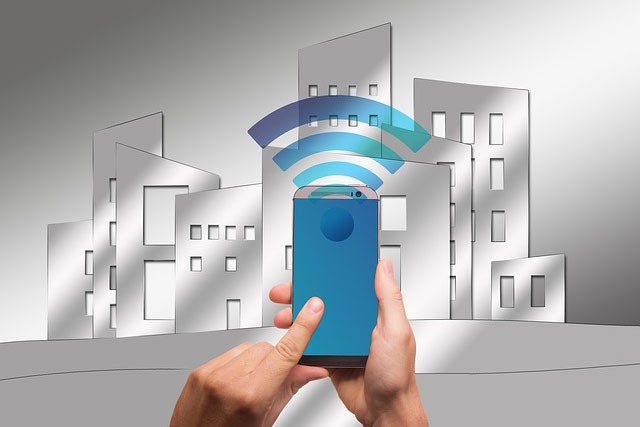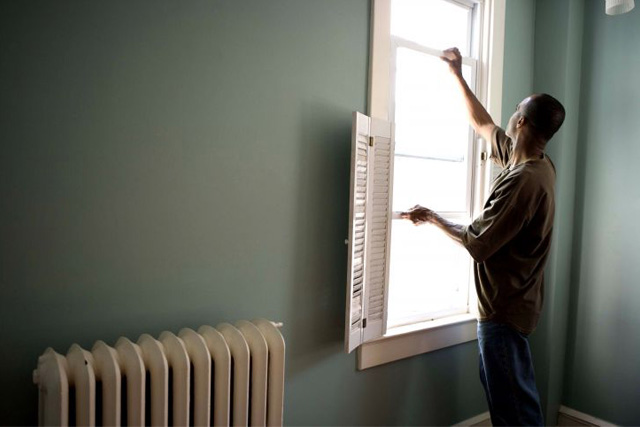Smart Home Windows:
Windows have always played a seminal role in society, not only in architecture but in metaphorical terms, in literature, and echoed in our technology. Windows provide a thin but sturdy barrier between us and the outside world, providing security and comfort while offering an inner perspective into the outer surroundings. By adding a level of intelligence to these structures, we can add new levels of efficiency and convenience never before imagined. There are several ways that windows can be enhanced with smart technology in order to make them more responsive to your needs.

Thermotropic & Photochromic Windows:
Window cleaning and maintenance can be tedious, time-consuming, and costly. For those of us who’d rather skip the hassle, smart windows offer a simpler alternative, sans the costly drapes or dusty blinds. When you install smart windows, you save money on cleaning bills and utilities, but you can also fit windows which provide extra UV protection and insulation.
Thermotropic and photochromic technologies are two types of smart windows. These applications save energy by automatically respond to the amount of light which hits them and adapt accordingly to filter out glare and UV rays. You most often see the Photochromic technology in sunglasses, as this is the material which becomes darker when it responds to sunlight. While this is very convenient during bright summer days, it is less efficient during winter times. Similarly, Thermotropic automatically detects changes in temperature, which means that on a hot, shiny day you won’t be able to see clearly through the windows at all.
Suspended Particle Device (SPD) Windows:
While traditional blinds and curtains are useful at providing privacy and blocking light, they can only block out so much light and offer minimal UV protection. A new window technology has been developed which involves microscopic particles which absorb the light. These are known as suspended particle devices or SPDs. SPDs are light valves which make the glass go from transparent to opaque in an instant. These can be controlled remotely or via a range of options, but some are reactive and change automatically. SPDs have a variety of applications and are featured in sunroofs, rearview mirrors, and computer displays.
Polymer Liquid Crystal Display (LCD) Windows:
LCD technology is by no means new, but PLCD window technology is an innovation used in smart windows. PDLCs react to an electric current to toggle between aligned and obscured; transparent or translucent. There is no middle ground, only on/off.
Electrochromic Windows:
Similar to PLCD windows, electrochromic windows are clear when on standby and become dark when activated by an electric current, and can be adjusted like SPD. Electrochromic windows use just a small charge to reach the desired level of clarity, then the power can be turned off and they will maintain the setting, making them highly energy-efficient.
We don’t often stop to think about these structures which surround us and are such a subtle yet extensive part of our daily lives. As technology evolves, we will continue to look at windows in an entirely different way.
About the Guest Author:
This article was provided by Apex Window Werks, with the leading wood window repair and replacement companies in IL, OH, and NY states. Entrust your window glazing tasks to real experts in the field who have been fixing house windows and doors for almost 10 years already.
